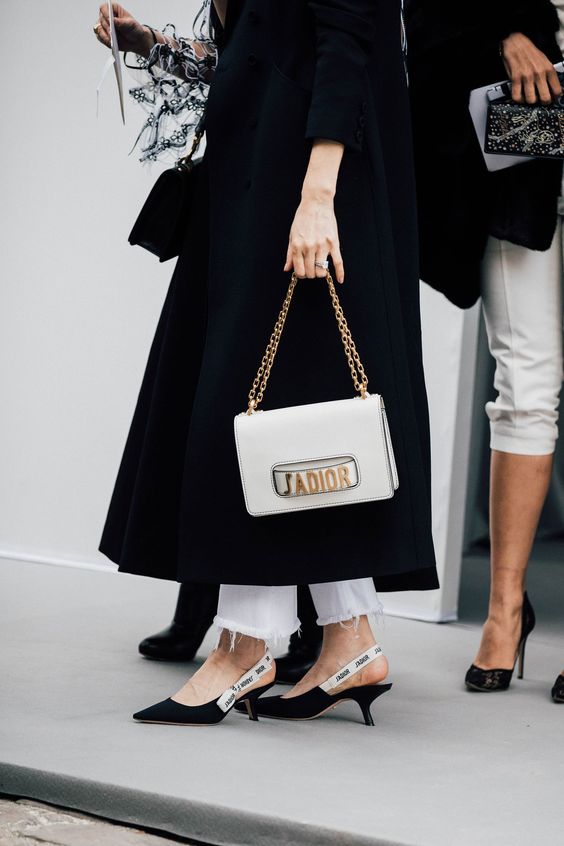
As podiatrists and high-heel experts, we intend on regularly informing our readers on the best tips and tricks to keep you in your heels for longer. All with the aim of improving comfort and most importantly, limiting the amount of damage done to your feet. In this post we thought it was necessary to define some of the most regular terms we use when describing a foot condition or foot type. Getting to know these terms and concepts helps enormously in choosing heels best suited to your feet. We’re going to add a glossary of these terms to The Shoe Equation for your easy reference when shoe shopping! Enjoy!
Let’s start with foot type –

Foot types generally fall into 3 categories – flat, neutral and high arched. In a nutshell flat feet are wider and lack a significant arch. They are also more likely to roll in or pronate than other foot types, and are often unstable. High arched or cavus feet on the other hand have an arch that is too high and the foot is very deep through the tarsus or middle of the foot. They are generally rigid foot types that lack shock absorption. The deep nature of high arch feet can be challenging when fitting footwear and these feet are prone to compression issues through this area. Neutral feet are the ones we all want. They have a normal arch height and generally pronate and supinate at the right phases of gait reducing the risk of injury. It doesn’t mean that these feet don’t get injured, it just means they are less likely to.
From the above illustration you can see a pictorial description of the movements of the foot. Moving to the outside or lateral part of the foot is referred to as supination. When wearing heels it is important to note that the higher heel you wear the more laterally unstable (supinated) the foot becomes. The inside of the foot is referred to as the medial side. Flat feet or feet that pronate load the medial aspect of the foot.
Foot deformities –
Other common terms that we will refer to include forefoot deformities that make shoe fitting difficult. The most common one is a bunion. A bunion is a slow dislocation of the big toe joint. The toe moves to the lateral (outside) aspect of the foot. The joint eventually becomes degenerative and will commonly develop osteoarthritis causing the joint to fuse and become stiff. The toe also develops a big bump on the medial (inside) aspect of the joint and this can make fitting a shoe very difficult and painful. Watch our latest YouTube video above for an easy explanation! We;re going to give bunions their separate post because they are one of the most common obstacles for high heel wearers – stay tuned!
The lesser digits or toes 2-4 will often become retracted or pull backwards to make room for the big toe. This is undesirable as they sit higher in the shoe and commonly get irritated increasing the risk of corns or bursitis.
While these terms are the most common we use, there are likely to be others we refer to in future blog posts, YouTube videos and on The Shoe Equation. As we do, we will add them to the glossary.
Until next time,
E&E


